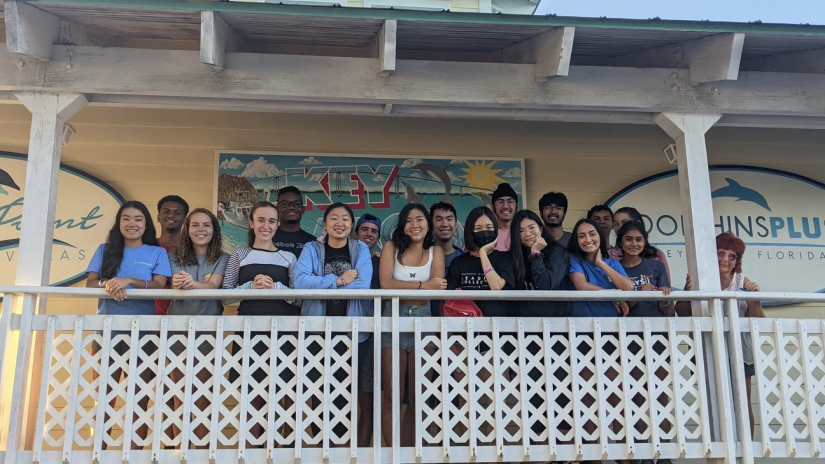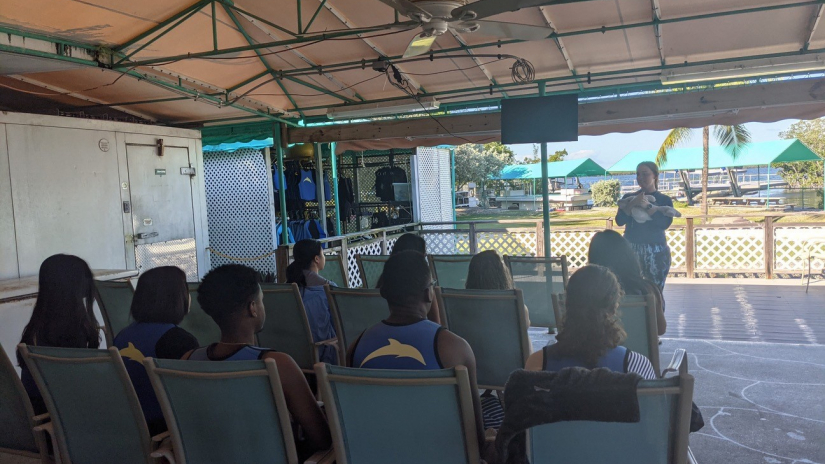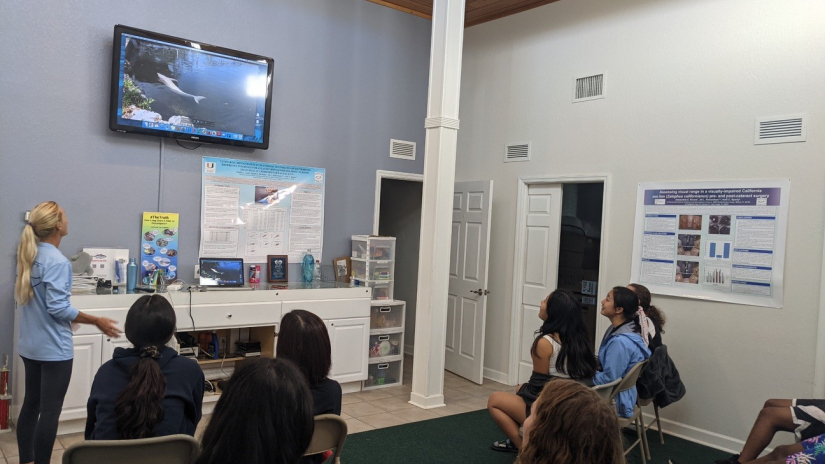







Cognitive Neuroscience and Law offers an introduction to several important aspects of the study of the brain. Our cluster will include courses that include the basic principles of neuroanatomy, neurophysiology and neurochemical processes, as well as a focus on the neurofunctionality of brain and language, including how the brain enables us to understand language, disorders of the brain that impair language comprehension, how individuals acquire and maintain their first and subsequent languages, and how recent advances in brain imaging technology have improved our ability to understand the relationship of brain and language. In addition, our cluster will study the intersection of law and neuroscience; how recent advances in understanding and studying the brain have affected issues fundamental to the legal system, such as criminal intent, insanity, and truthfulness. This cluster should appeal to anyone curious about how the brain is structured, how it works, how we study it, how it produces and comprehends language, and how our understanding of the brain influences our judgments on issues of legal responsibility for our actions.

Edna Andrews, Nancy & Jeffrey Marcus Distinguished Professor; Professor of Linguistics and Cultural Anthropology; Faculty Member of the Duke Institute for Brain Sciences and Center for Cognitive Neuroscience
The relationship of brain and language is explored through a variety of methodologies and approaches, with a focus on neurobiological, neurophysiological and neurolinguistic perspectives of representation of language and languages in the brain. Neuroimaging techniques are central to course exploration, including fMRI, PET, EEG, DTI, and resting state fMRI. Other topics considered in this course include developmental and evolutionary perspectives on cognition, the relationship of memory systems to language acquisition, maintenance and loss, the role of language and memory in the construction of identity at the individual and group levels.

Nicole Schramm-Sapyta, Associate Professor of the Practice in the Duke Institute for Brain Sciences
Intoxicating and addictive drugs have been part of human culture for millennia. A small molecule, such as alcohol, cocaine, or heroin, can dramatically change the behavior of someone who takes it. This course will begin by examining the mechanisms by which drugs of abuse affect the brain and decision-making on the individual level. We will then examine how drug use affects families and society as a whole. Finally, we will explore society’s varied reactions to drug use in terms of attitudes, policies, and laws. We will examine the perspectives of the criminal justice system, taxpayers, drug users, treatment counselors, and others. The class will consist of lectures, discussions, guest speakers, and media presentations.

Michael Newcity, Deputy Director, Center for Slavic, Eurasian, and East European Studies; Visiting Professor of Linguistics Program
Examines the intersection of law and neuroscience, including the use of neuroimaging to determine if a witness is telling the truth; the implications of neuroscience for determining the mental competency of defendants, the insanity defense, the imposition of punishment on defendants. Considers the extent to which recent advances in brain science cause us to reevaluate fundamental legal concepts of "intent," "insanity," and responsibility; the ways in which neuroscience may be applied to these and related issues; and the inherent limitations and incongruities of applying brain science to legal questions.

Dorlan Kimbrough, Assistant Professor of Neurology at the Duke University School of Medicine
Under what circumstances are we most likely to make wise decisions? And what conditions push us toward forgettable or regrettable choices? While quantitative models of economic, political, and medical decision-making often assume "rationality," this course addresses the exercise of choice under physiological, emotional, and psychological stressors. Topics include: neuroanatomic sub-strates of executive function; the physiologic impact of acute and chronic stress responses; cognitive biases; and the effect of evidence, advisors, and experiential learning on reaching conclusions. We nod to our fellow travelers in related disciplines while squarely focusing on neuroanatomical and physiological underpinnings of stress responses and rendering judgments.